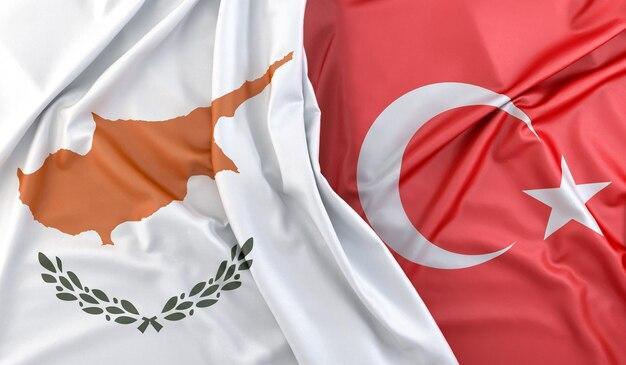
Explained: What is the Conflict between Cyprus and Turkey?
The island nation of Cyprus has been plagued by a longstanding conflict with Turkey since 1974, when the latter invaded the country and claimed the northern part of it as its own. The conflict has its roots in the complex history of the region, with multiple stakeholders and interests at play. In this blog post, we will delve into the history of the conflict, its key players, and the current situation, as well as the recent diplomatic efforts aimed at resolving the issue.
History of the Conflict
Cyprus, a strategic location in the Eastern Mediterranean, has been inhabited by various civilizations throughout history. In the 16th century, the island was divided into two main ethnic groups: the Greek Cypriots and the Turkish Cypriots. The British colonial powers annexed Cyprus in 1878, and the island gained independence in 1960.
However, the fragile peace was short-lived. In 1964, tensions between the two communities escalated into violence, and the United Nations Peacekeeping Force in Cyprus (UNFICYP) was deployed to the island. The situation remained volatile until 1974, when Turkey invaded Cyprus, citing the need to protect the Turkish Cypriot minority.
Turkey’s invasion led to the displacement of hundreds of thousands of people, with many Greek Cypriots forced to flee their homes. The conflict resulted in the de facto division of the island, with the internationally recognized Republic of Cyprus (ROC) in the south and the Turkish Republic of Northern Cyprus (TRNC) in the north.
The TRNC is recognized only by Turkey, while the ROC is recognized by the international community. The United Nations, along with the European Union and the United States, considers the TRNC an illegal entity and continues to call for Cyprus’s sovereignty and reunification.
Key Players and Interests
The conflict in Cyprus is complex, with multiple stakeholders and interests at play. Some of the key players include:
- Cyprus: The Republic of Cyprus, led by President Nicos Anastasiades, has been pushing for a reunification of the island under a federal government.
- Turkey: The Turkish government, led by President Recep Tayyip Erdogan, maintains a large military presence in the north and recognizes the TRNC as a sovereign state.
- Turkish Republic of Northern Cyprus: The TRNC, led by President Mustafa Akinci, seeks international recognition and integration with Turkey.
- United Nations: The UN has been involved in the conflict since 1964, deploying peacekeeping forces to the island and facilitating talks between the two sides.
- European Union: The EU has been a key player in the conflict, providing financial aid and support to the ROC and pushing for a reunification of the island.
- United States: The US has been involved in the conflict, providing military aid to the ROC and supporting the UN’s efforts to resolve the issue.
Recent Developments and Diplomatic Efforts
Despite the complexity of the conflict, there have been recent developments and diplomatic efforts aimed at resolving the issue. In 2020, the ROC and the TRNC agreed to resume talks aimed at reunifying the island. The negotiations, facilitated by the UN, have been ongoing, with both sides making progress on some issues but remaining far apart on others.
In July 2020, Indian Prime Minister Narendra Modi visited Cyprus and Turkey, meeting with President Anastasiades and President Erdogan to discuss the conflict. The visit was seen as a diplomatic effort to bring the two sides closer together and facilitate a resolution to the conflict.
In recent months, there have been reports of increased tensions between the two sides, with Turkey deploying troops to the northern part of the island in response to what it described as a “security threat.” The ROC has accused Turkey of violating the sovereignty of the island and the UN’s peacekeeping mission.
Conclusion
The conflict between Cyprus and Turkey is a complex and longstanding issue, with multiple stakeholders and interests at play. Despite the challenges, there have been recent diplomatic efforts aimed at resolving the issue, with the ROC and the TRNC agreeing to resume talks and Indian Prime Minister Modi visiting the region to facilitate a resolution.
However, the conflict remains unresolved, and the situation on the ground remains volatile. The international community, including the United Nations, the European Union, and the United States, continues to call for Cyprus’s sovereignty and reunification.
As the situation remains uncertain, it is essential to understand the history and key players involved in the conflict. By doing so, we can work towards a resolution that respects the rights and interests of all stakeholders and brings peace to the island of Cyprus.
Source:
https://thecsrjournal.in/pm-modi-diplomatic-dhamaka-turkey-cyprus-visit/



